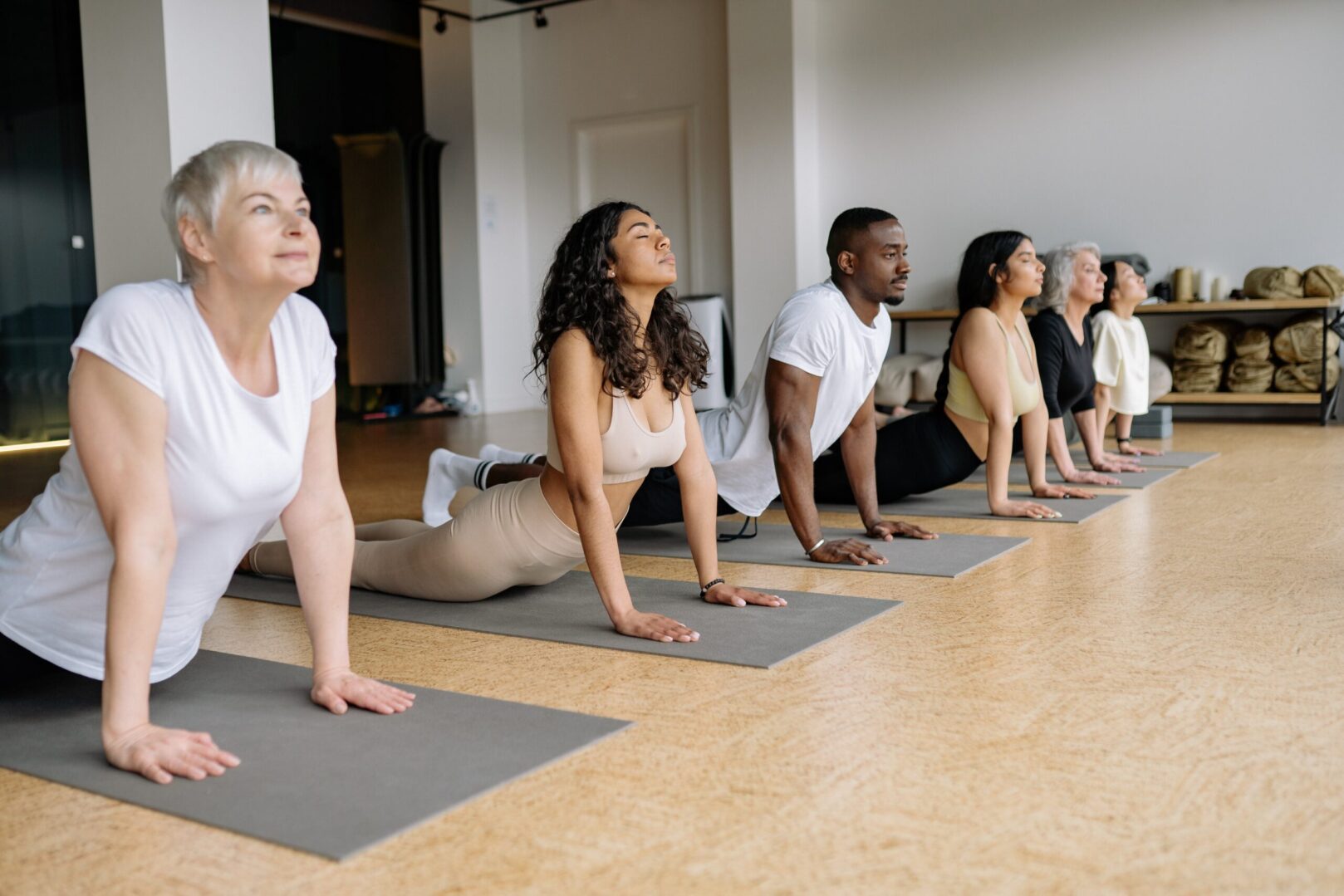
"Mobilize to Alleviate: The Power of Movement for Pain Relief "
May 03, 2024
Introduction: In our modern world, where sedentary lifestyles and desk-bound jobs are the norm, many of us find ourselves grappling with various forms of pain – be it backaches, stiff joints, or muscular tension. While pain relief often conjures images of medication or passive therapies, there’s a potent yet underrated ally in the battle against pain: movement. Movement isn’t just about exercise; it’s about dynamic, purposeful motion that can serve as a potent tool for pain management and relief.
Understanding Pain and Movement: Pain is a complex phenomenon influenced by various factors, including physical, emotional, and psychological aspects. While rest may seem like the intuitive solution for pain, prolonged inactivity can often exacerbate discomfort. Movement, on the other hand, can stimulate circulation, release endorphins (the body’s natural painkillers), and improve flexibility and strength – all of which contribute to alleviating pain.
Types of Movement for Pain Relief:
Low-Impact Exercise: Activities like walking, swimming, or cycling provide gentle yet effective ways to get the body moving without putting excessive strain on joints or muscles. These exercises can improve cardiovascular health, enhance mood, and alleviate pain by promoting the release of feel-good neurotransmitters.
Stretching and Flexibility Exercises: Incorporating stretching routines into your daily regimen can help release tension and improve flexibility, reducing the risk of injury and easing existing pain.
Strength Training: Building muscle strength can provide crucial support to joints and alleviate strain on areas prone to pain, such as the lower back or knees. Resistance exercises targeting specific muscle groups can help correct imbalances and improve posture, reducing the likelihood of chronic pain.
Mind-Body Practices: Techniques like meditation, deep breathing exercises, and progressive muscle relaxation can help manage pain by promoting relaxation and reducing stress. By cultivating mindfulness, individuals can develop a heightened awareness of their body’s signals, enabling them to respond more effectively to discomfort.
Benefits of Movement for Pain Relief:
Improved Circulation: Movement increases blood flow to affected areas, delivering oxygen and nutrients essential for tissue repair and pain relief.
Enhanced Endorphin Release: Physical activity triggers the release of endorphins, neurotransmitters that act as natural painkillers, promoting feelings of well-being and reducing discomfort.
Joint Lubrication and Mobility: Regular movement helps lubricate joints and maintain their range of motion, reducing stiffness and mitigating pain associated with conditions like arthritis.
Stress Reduction: Engaging in movement-based activities can lower stress levels and alleviate tension, which often exacerbate pain perception.
Empowerment and Self-Efficacy: By taking an active role in managing their pain through movement, individuals can regain a sense of control over their bodies and health, fostering resilience and self-confidence.
Incorporating Movement into Daily Life: Integrating movement into your daily routine doesn’t necessarily require hours at the gym or rigorous training schedules. Simple lifestyle adjustments can make a significant difference in managing pain and improving overall well-being:
Take Regular Breaks: If you have a sedentary job, make a conscious effort to take breaks and stretch periodically to prevent stiffness and muscle tension.
Find Activities You Enjoy: Whether it’s dancing, gardening, or playing a sport, choose activities that bring you joy and incorporate them into your routine.
Start Slowly: If you’re new to exercise or recovering from an injury, start with gentle, low-impact activities and gradually increase intensity and duration as your fitness improves.
Listen to Your Body: Pay attention to your body’s signals and adjust your activity level accordingly. Push yourself when you can, but also know when it’s time to rest and recover.
Conclusion: In a world where chronic pain is increasingly prevalent, harnessing the power of movement can be transformative. By embracing a lifestyle that prioritizes dynamic motion and purposeful activity, individuals can not only alleviate pain but also enhance their overall health and vitality. Movement isn’t just a means to an end; it’s a pathway to liberation – from discomfort, limitations, and the confines of sedentary living. So, let’s mobilize to alleviate, one step, stretch, or breath at a time.
Luis Guerra
